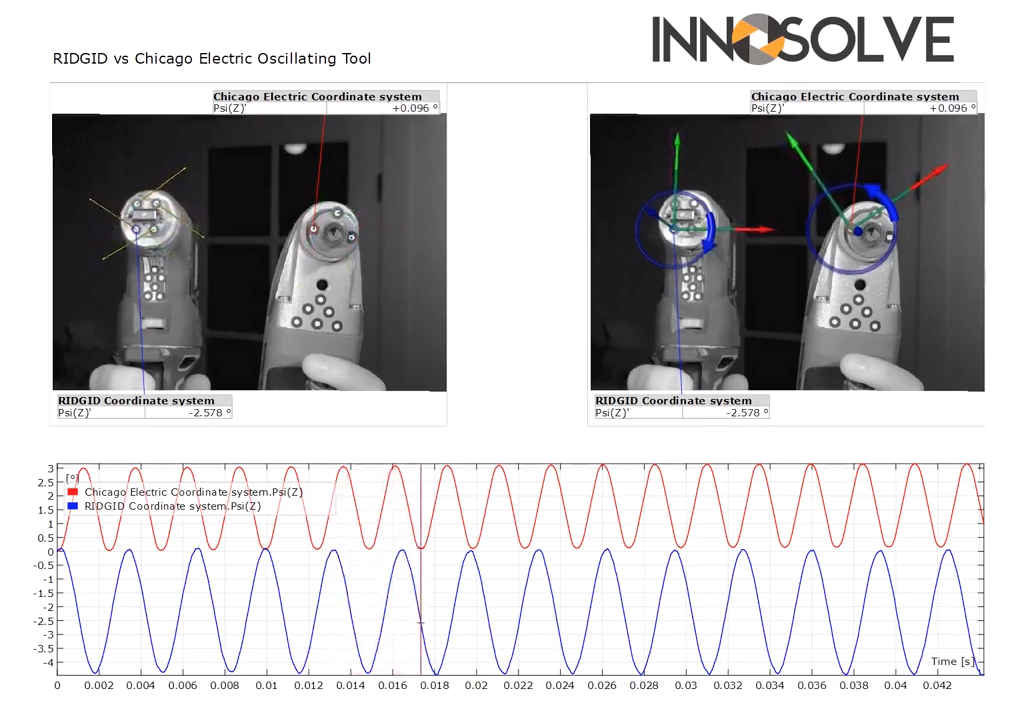
Digital Image Correlation (DIC) technology is to strain gauges as thermography is to thermocouple measurements. Like thermography, DIC is desirable because it is a non-contact measurement technique that yields full-field measurement results. InnoSolve has developed a method for mapping full-field thermography measurements to 3D DIC measurements to offer customers the ability to correct for thermal effects. This is advantageous for complex test setups that involve thermal gradients and mechanical loads. One example where thermography and DIC synergize is structural qualification testing of launch vehicle cryogenic tanks. DIC requires the application of random visible light black and white speckle patterns that are often applied by spray paint. The purpose of this post is to compare and measure spray paint emissivities of DIC paint with a FLIR One Pro infrared camera and show the importance of choosing the right spray paint.

The reflective temperature was measured to be 74.9F for the test setup and was acquired indoors at 1:15pm on 7/7/19. The test featured four metal coupon samples which were cut by hand with tin snips. The samples were approximately 1” wide by 5” tall. Electrical tape was applied to the left half of the top specimen while the remainder was left bare. The next sample from the top was painted with a flat white spray paint. The next sample down was painted flat black spray paint from a different brand. The final sample was first painted with the flat white spray paint and then speckled using the flat black spray paint to generate the DIC speckle pattern. All samples were placed on a vinyl t-shirt press. The press was set to a temperature of 220F.

The heated temperature of the samples was less than the vinyl t-shirt heat press set point temperature due to natural heat convection of the highly conductive metal samples. The metal samples were not flat due to the hand cutting process and resulted in the thermal gradients observed on the samples. Also the infrared camera is only accurate to within 5% or about 10F. Finally, the heat press is well worn and may not be calibrated to the correct temperature.
The emissivity of the bare metal, white, black, and speckle spray paint was calculated to be 0.12, 0.88, 0.64, and 0.65 respectively. The corrective action will be to use the white brand spray paint because it has significantly greater emissivity which will provide more accurate temperature measurements. Thus, when combining DIC with thermography it is important to choose the right spray paint. InnoSolve uses ITC certified thermography techniques and can help you with your thermography or DIC test needs.


